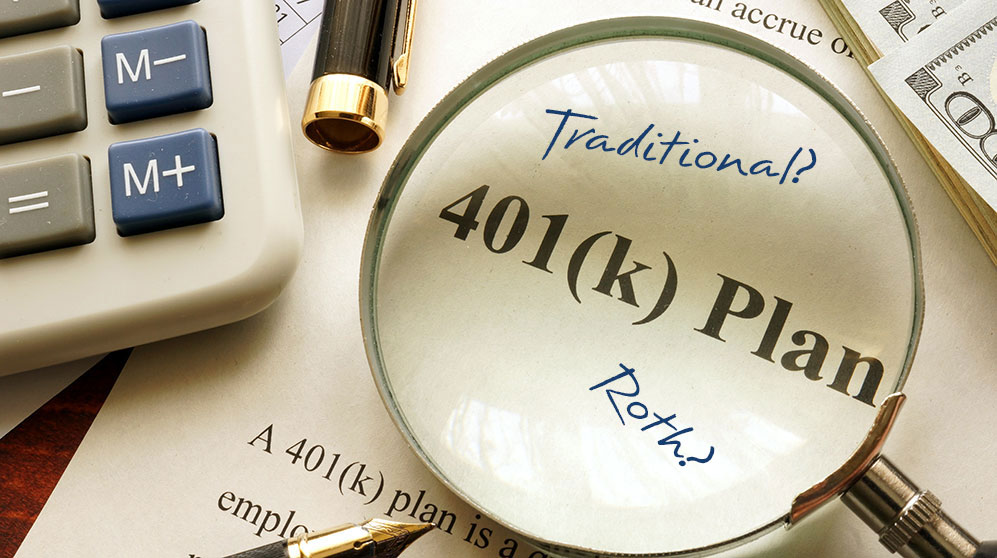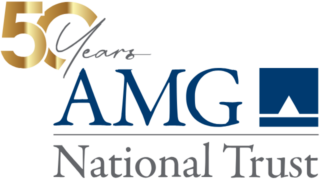ERISA at 50: Reflecting on the Evolution of Retirement
• 7 min read
- Brief: Retirement & Benefits

Get the Latest Research & Insights
Sign up to receive an email summary of new articles posted to AMG Research & Insights.

The Employee Retirement Income Security Act of 1974 (ERISA) turned 50 on September 2, 2024. This landmark legislation fundamentally reshaped the retirement landscape in the United States. It was born out of a need to protect the financial security of American workers, many of whom had been left vulnerable by insufficient regulatory oversight and design of corporate pension plans.
As we evaluate the evolution of the retirement industry under ERISA and subsequent legislation, it’s important to understand what problems it was enacted to solve and the innovations and updates that have shaped ERISA-regulated plans since.
Protecting America’s Retirement
Before ERISA, the American retirement system offered little to no protection for participants in private pension plans. Although these plans received tax benefits and were supposed to provide a secure retirement income, they were often underfunded and poorly managed. Workers had little protection against the possibility of losing their promised benefits if their employers went bankrupt or if the plans were mishandled. Infamously when Studebaker Corporation went bankrupt in 1963, it terminated its pension plan and left thousands of workers without their expected source of retirement income.
ERISA’s package of reforms sought to address several critical issues:
- Pension Plan Security: ERISA established minimum standards for funding pension plans and managing plan assets; namely, that plan sponsors have a fiduciary duty to act in the best interests of plan participants.
- Vesting Requirements: Before ERISA, many employees could lose their pension benefits if they did not remain with an employer for a lengthy period, which for a significant portion of plan participants in 1974 was 15 years. ERISA introduced minimum vesting rules, allowing workers to earn non-forfeitable rights to their pensions.
- Transparency and Disclosure: ERISA mandated that pension plans provide regular, detailed information to participants, including the plan’s financial status and benefits.
Corporate pension plan sponsors reacted to the more stringent requirements by professionalizing pension plan management, including hiring external fund managers and investment consultants to oversee them, launching what many consider to be the golden age of the institutional asset management industry.
Innovations to ERISA-Regulated Plans
New legislation affecting ERISA-regulated plans has sought to address challenges and changes in the workforce, retirement planning, and the economy. Significant innovations have focused on expanding access to retirement savings, adapting to new forms of employment, and offering different tax realization structures.
The Rise of Defined Contribution Plans
One of the most significant shifts in retirement planning since ERISA’s inception has been the rise of defined contribution (DC) plans, particularly the 401(k) plan. The Revenue Act of 1978 introduced Section 401(k) to the Internal Revenue Code, allowing employees to defer some of their compensation and setting up applicable tax structures for it. The IRS’s clarification of these rules in 1981 spurred widespread adoption of 401(k) plans, with significant implications.
Unlike traditional defined benefit (DB) pension plans—where the employer bears the investment risk and guarantees a specific benefit upon retirement—DC plans place the investment responsibility on the individual. Whereas in the late 1970s more Americans were covered by corporate DB plans, today only 10% of private sector, nonunion workers have access to one, according to the Bureau of Labor Statistics.
With the shift from corporate to individual responsibility, new legislation has sought to influence private pension plan design to make it easier for individuals to save enough, invest appropriately, and generate retirement income over an increasingly long life.
Retirement Security Trends and Emerging Challenges
Several trends will shape the continued evolution of private pension plans and the broader retirement landscape.
Default Investments, Automatic Enrollment, and Automatic Escalation
The field of behavioral finance emerged concurrent with the development of 401(k) plans. Academics such as Daniel Kahneman and Amos Twersky discovered that humans are not inherently rational but use shortcuts, cognitive and behavioral biases that can negatively impact their investment decisions. Their work suggested that plan participant outcomes could be significantly improved by making certain plan features opt out rather than opt in.
Examples of enhancements that built off this research and sought to improve participant outcomes include:
- The Pension Protection Act (2006), which designated professionally managed target date and target risk funds as qualified default investment alternatives (QDIAs), expanding their use as default options.
- The SECURE (Setting Every Community Up for Retirement Enhancement) Act (2019) and its update, SECURE 2.0 Act (2022), which first incentivized, and then required, certain plans to automatically enroll participants and automatically escalate their contributions over time, among other provisions.
Financial Wellness Programs
Employers are increasingly recognizing the importance of financial wellness programs, which go beyond retirement savings to include education on budgeting, debt management, and other aspects of personal finance. These programs generally aim to improve overall financial health, which in turn can enhance employee retention and retirement readiness. As these programs become more common, they may become a key component of employer-sponsored benefits.
Retirement Income Strategies
With the aging of the baby boomer generation, there is a growing focus on strategies for decumulating retirement savings effectively. This involves ensuring that retirees do not outlive their assets and includes innovations in annuities, managed payout funds, and other income-generating products.
For example, the SECURE ACT created an optional fiduciary safe harbor for the use of annuities within retirement plans, working to reduce the risk of selecting an insurance company annuity provider and offering a lifetime income option to a plan.
The “Rothification” of Retirement Plans
One of the most notable trends under the SECURE 2.0 Act is the “Rothification” of plans, or the shift toward Roth-style accounts where contributions are made with after-tax dollars, but qualified withdrawals are tax-free. The Roth-formatted accounts are considered a win-win, as they provide the federal government with more current revenues and participants with a hedge against future tax rate increases.
State Plans and Portable Benefits
The rise of short-term work in the gig economy poses a unique challenge to the traditional employer-based retirement system. Freelancers, independent contractors, and workers at small businesses often lack access to employer-sponsored retirement plans—an estimated 40 million American workers.
To address this, there is growing discussion around creating portable benefits that can move with workers as they change jobs or take on multiple gigs. This could involve new types of retirement accounts or reforms to existing systems to accommodate a more fluid workforce.
An increasing number of states—20 as of August 2024—have enacted or created some sort of state-sponsored retirement program, to fill the gap in access. These programs are typically structured to automatically enroll eligible workers, with the ability to opt out, and they usually offer the tax benefits associated with Roth accounts—after-tax contributions and tax-free qualified withdrawals.
Additionally, many are following Colorado’s example to add a mandate that most employers facilitate participation in the state-sponsored plan for their employees without access to a workplace retirement plan.
RELATED ARTICLE: Colorado Mandates Retirement Savings Plans in 2023
Conclusion
ERISA profoundly and positively impacted the retirement security of millions of Americans working at private companies. Building off its efforts to provide minimum pension protections, the retirement industry, shaped by new legislation, is continuing to evolve plan features and improve participant outcomes. Trends such as automatic enrollment, portable benefits, addition of Roth accounts, and expansion of state-sponsored plans reflect our better understanding of participant behavior and the need to continually adapt to meet the changing needs of the workforce.
HOW AMG CAN HELP
Not a client? Find out more about AMG’s Retirement Plan Services or to book a free consultation call 303-486-1475 or email us the best day and time to reach you.
This information is for general information use only. It is not tailored to any specific situation, is not intended to be investment, tax, financial, legal, or other advice and should not be relied on as such. AMG’s opinions are subject to change without notice, and this report may not be updated to reflect changes in opinion. Forecasts, estimates, and certain other information contained herein are based on proprietary research and should not be considered investment advice or a recommendation to buy, sell or hold any particular security, strategy, or investment product.
Get the latest in Research & Insights
Sign up to receive a weekly email summary of new articles posted to AMG Research & Insights.






